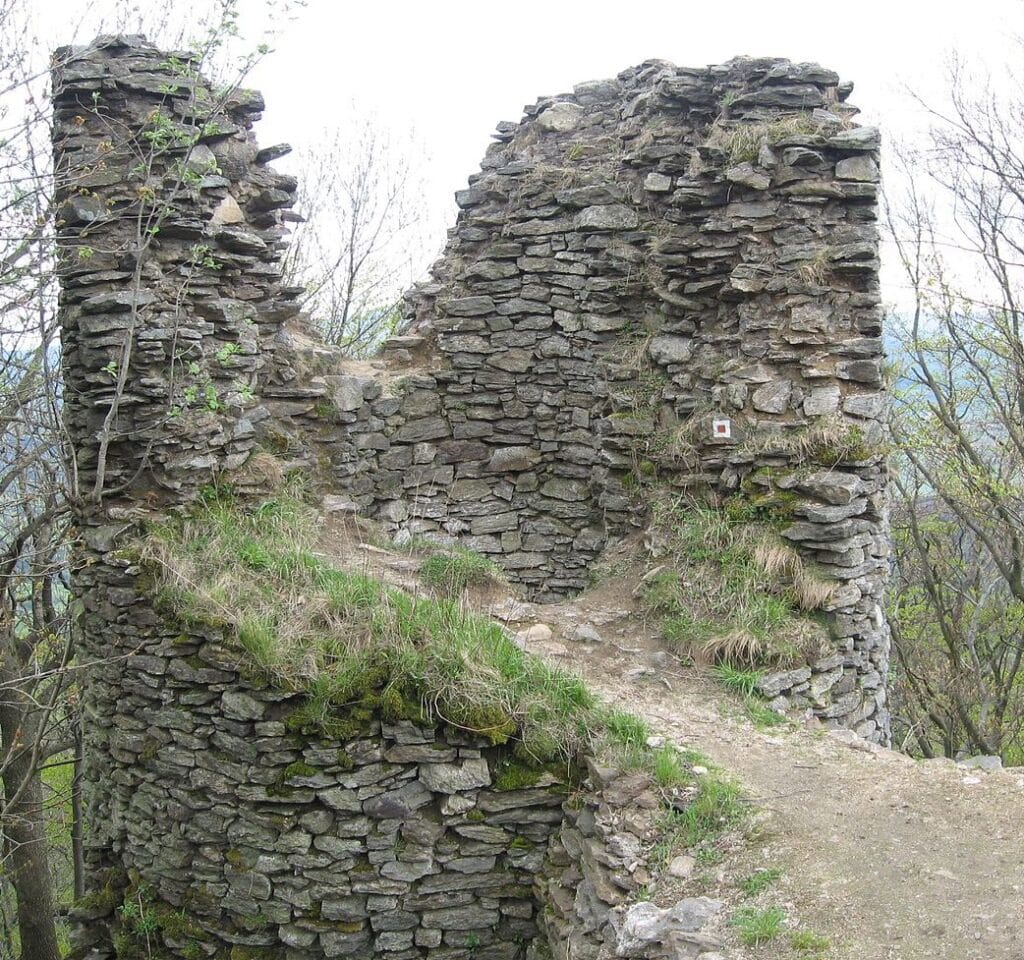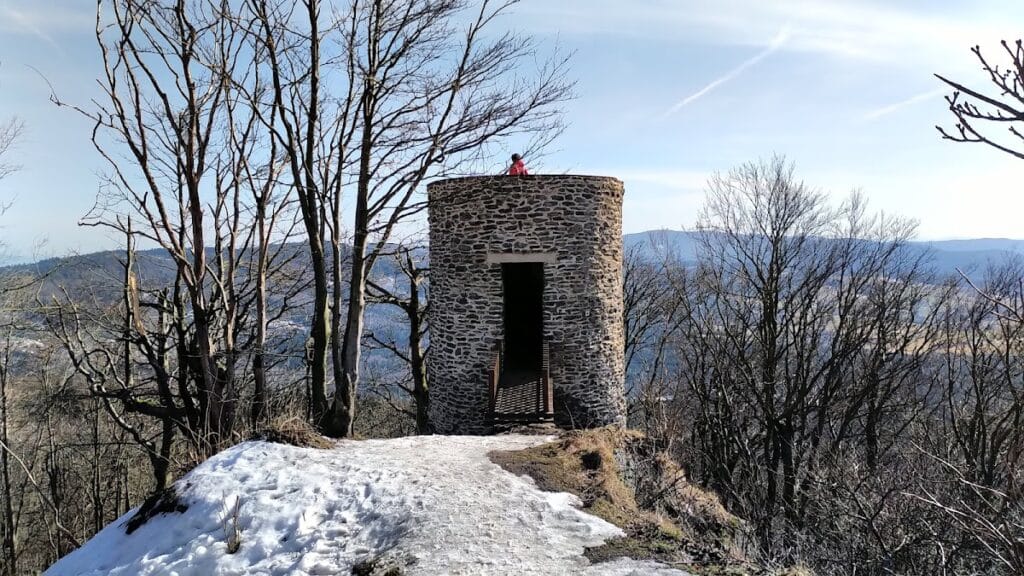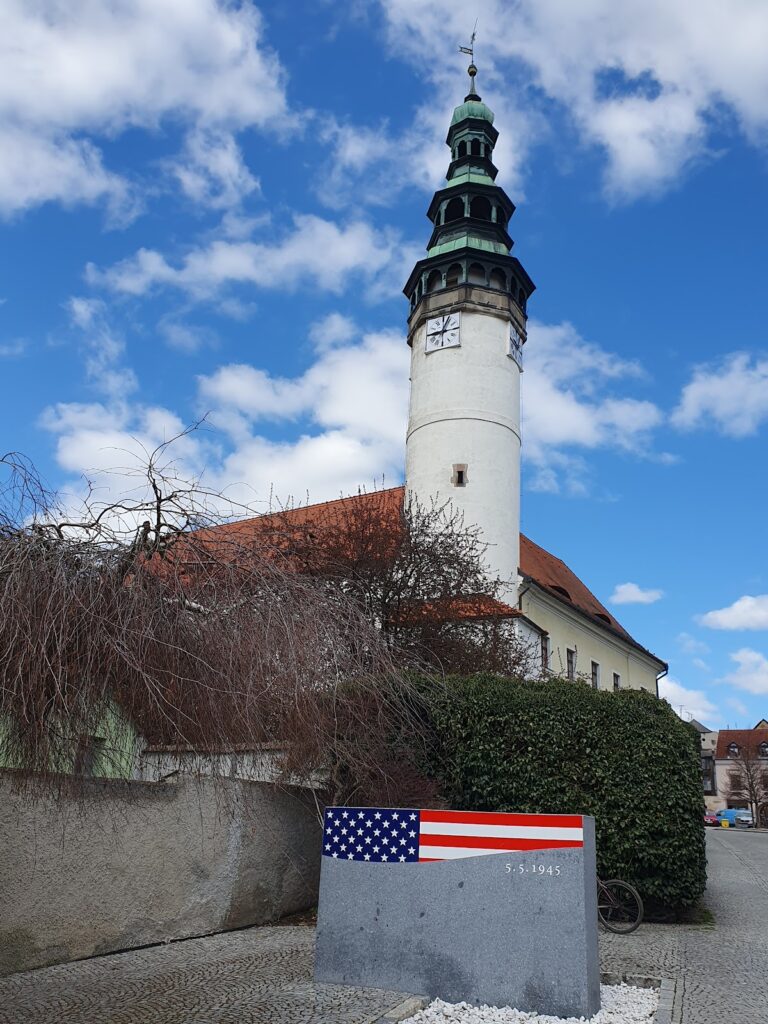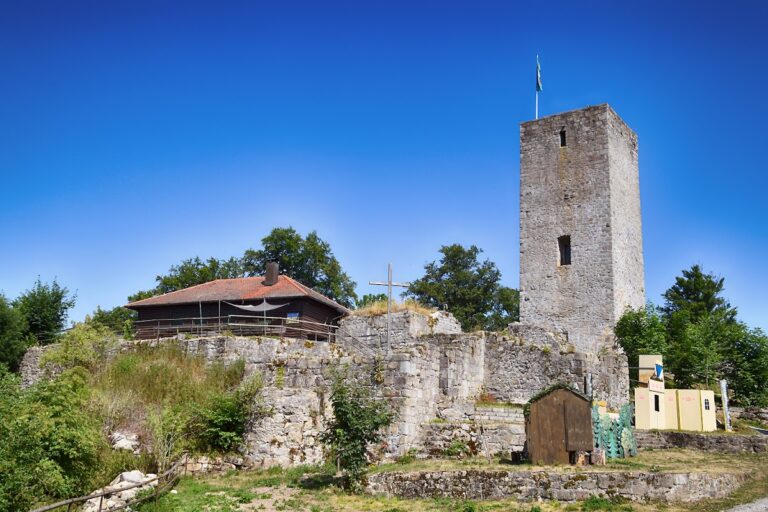Starý Herštejn Castle: A Medieval Fortress in the Czech Republic
Visitor Information
Google Rating: 4.7
Popularity: Low
Google Maps: View on Google Maps
Official Website: www.kudyznudy.cz
Country: Czechia
Civilization: Medieval European
Remains: Military
History
Castle Starý Herštejn is situated near the municipality of Mnichov-Poběžovice in the present-day Czech Republic. The fortress was constructed by German nobility shortly after the mid-13th century, a period marked by feudal expansion and border fortification. Although earlier accounts attributed its origin to a regional ruler, recent scholarship has clarified that its founding predated 1266 and was the work of members of the German aristocracy.
The earliest written mention of the castle dates from 1272, referencing Protivec of Herštejn as its owner. Over the following decades, the castle frequently changed hands, passing among prominent figures such as Oldřich of Leuchtenberg, a Palatinate count, and Henry of Bavaria. In 1331, King John of Luxembourg transferred ownership to Jan IV of Dražice, the Bishop of Prague. Under ecclesiastical control, Starý Herštejn served as an important strategic post, safeguarding church estates near Horšovský Týn. Its fortifications were notably reinforced during the tenure of Archbishop Jan of Jenštejn, reflecting the castle’s continued military and administrative significance.
During the turbulent years of the Hussite Wars in the early 15th century, the castle was seized in 1421 by forces from the nearby town of Domažlice, illustrating its contested position in religious and political conflicts. Throughout the late Middle Ages, ownership cycled among various noble families including the Ebrzvín and Kolovrat lineages, as well as Ctibor of Volfštejn and Zdeněk of Drštka. By the early 1500s, the castle became a stronghold for Zdeněk Dobrohost of Ronšperk, a notorious robber baron who used it as a base for raiding neighboring lands. These actions led to a military response, and in 1510, troops under Zdeněk Lev of Rožmitál besieged and destroyed the fortress.
Following its devastation, Starý Herštejn was abandoned and never rebuilt. The property was absorbed into the Ronšperk estate and later passed to the larger Horšovský Týn estate. Centuries later, archaeological investigations uncovered the castle’s ruins, which inspired a restoration project beginning in 2017. This effort culminated in 2020 with the reconstruction of the bergfried, the primary defensive tower, now serving as a lookout platform.
Remains
The layout of Starý Herštejn reveals a classic medieval hilltop castle adapted to a narrow rocky ridge. Defensive earthworks such as ramparts and moats surrounded the outer bailey, the castle’s lower courtyard area. Archaeological digs in this section uncovered the foundations of a gatehouse and nearby buildings. The gate originally formed a square tower that was open on the inner side, featuring a paved passageway and a wooden door frame. Later modifications included the addition of a small barbican, a forward defensive structure, and eventually, the gate’s passage was sealed with masonry.
In the western corner of the outer bailey, excavations revealed a brick kiln with a rounded dome-shaped roof. Adjoining this kiln was a building incorporating log-frame construction, indicating diverse medieval building techniques within the castle’s perimeter. The core of the main castle rested on the ridge itself, anchored by two round towers. The bergfried, a massive tower guarding the entrance, retains partial walls and an irregular interior layout. The second tower met destruction either during the 1510 siege or later in the 17th century following an explosion involving gunpowder.
Between these towers lay the castle’s palace, which experienced several construction phases over time. Within this building, archaeologists documented the presence of a vaulted cellar, offering insight into the storage and architectural methods of the period. However, portions of the site suffered damage in the 20th century due to military activity.
The recent restoration initiative from 2017 to 2020 focused on stabilizing the bergfried’s fractured walls and reconstructing its masonry. A replica medieval wheel crane was installed as part of the reconstruction, reflecting historic methods for lifting materials within the tower. Today, the bergfried includes a spiral staircase leading to a viewing platform, accessed via a small pedestrian bridge. The castle’s position on a hill rising to 878 meters above sea level provides commanding views across the surrounding Český les region and into nearby Bavaria. A marked hiking trail spanning approximately 1.2 kilometers ascends about 120 meters from the nearby Vranovské sedlo saddle, tracing the route toward the ruins.










